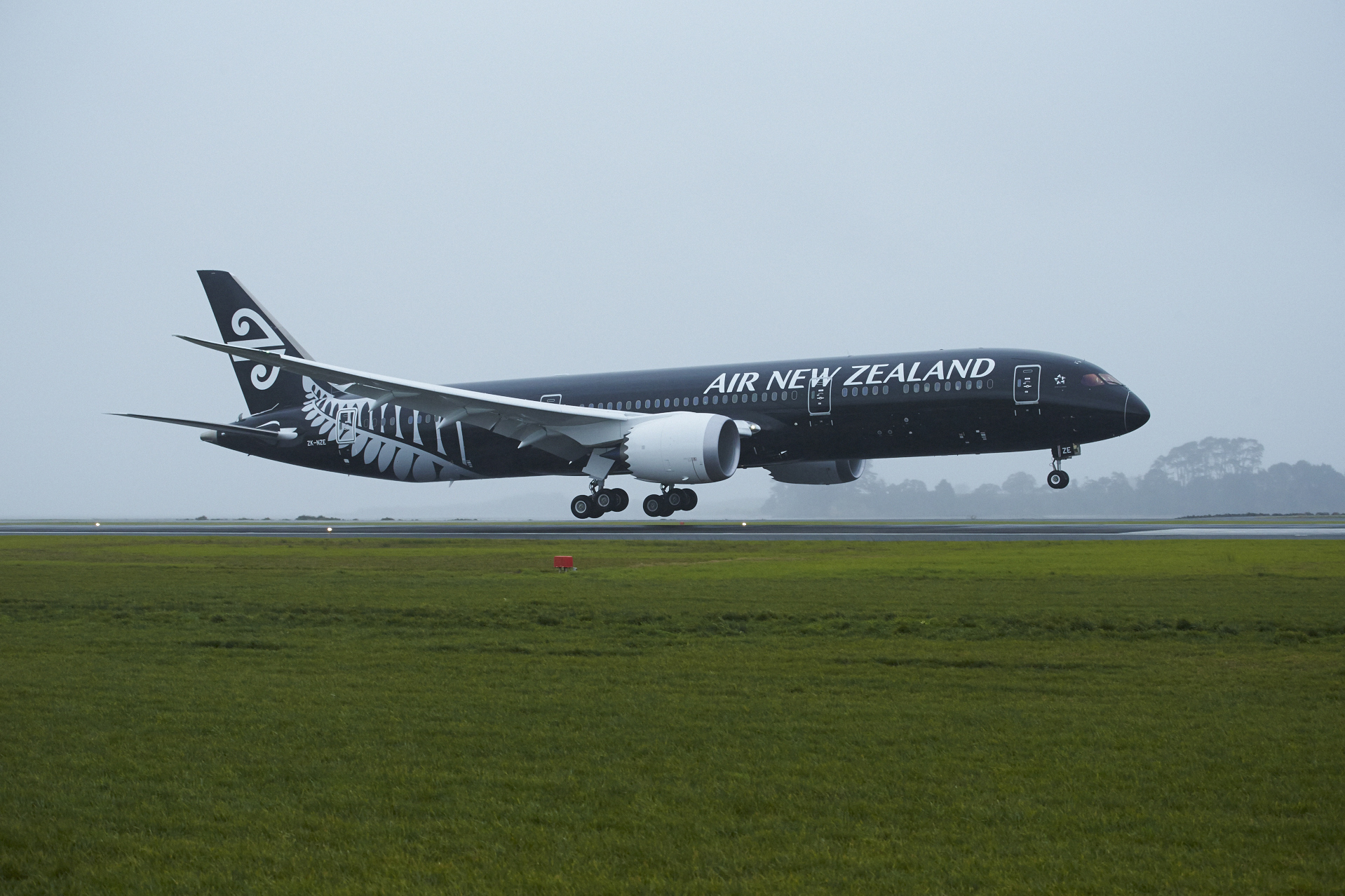Air New Zealand said engine maintenance delays have impacted first-half fiscal year results, as the airline’s CEO criticised original equipment manufacturers (OEMs) for not providing sufficient transparency when it comes to forecasts.
"We wish we had greater visibility from OEMs regarding the situation," said Greg Foran the airline's CEO during its earnings call on February 20, 2025, noting that in the case of Rolls-Royce, guidance ranges can fluctuate.
“OEMs are optimistic, and we are more realistic,” said Foran. Air New Zealand believes it will be another two to three years until the fleet is back to normal. The airline expects 11 aircraft—six narrowbody and five widebody—to be grounded during the second half of the fiscal year at any given time.
“We push hard and want to be transparent, but we are uncertain when all of this will get fixed,” the airline boss added.
During the half-year period, Air New Zealand recorded earnings before tax of NZ$155 million ($88.7 million), down 16% from the year prior. In guidance released in November, the airline said it expected earnings after tax to fall between NZ$120 million ($68.7 million) and NZ$160 million ($91.6 million).
Despite receiving NZ$94 million ($53.8 million) in compensation from engine manufacturers, the airline estimates that first-half earnings would have been approximately NZ$40 million ($22.9 million) higher had it been able to operate aircraft as intended.
The airline said that this financial impact reflects the adverse economics of suboptimal deployment of aircraft, along with significant overhead costs associated with managing disruptions and resiliency measures taken to protect market share. Foran said that while the airline is pleased to have received some compensation, it is frustrating to still be in this position.
Operating revenue for the six-month period was down by 2%, falling to NZ$3.4bn ($1.95bn). Similarly, passenger revenue also fell, totalling NZ$2.9bn (US$1.66bn) for the period, which represents a reduction of 5% when compared to the same period of the previous year. This has been driven by a 4.4% reduction in overall capacity.
Despite these reductions, the airline saw cargo revenues increase by 6% during the period to NZ$257 million ($147.2 million). The airline recorded total liquidity of NZ$1.8bn ($1.03bn), with a net debt to EBITDA ratio of 0.9x.
The airline noted that this year will be the first full 12-month period impacted by global additional engine maintenance requirements on the Pratt & Whitney and Rolls-Royce engines that power its Airbus and 787 Dreamliner fleets.
Air New Zealand is expecting to receive new aircraft from Boeing during 2026, with Foran stating that they were initially scheduled for delivery in February, but this has “slipped a bit” due to continued supply chain constraints at the manufacturer.
Additionally, Air New Zealand’s board has approved a share buyback of up to NZ$100 million ($57.3 million), citing confidence in the airline’s long-term outlook.

